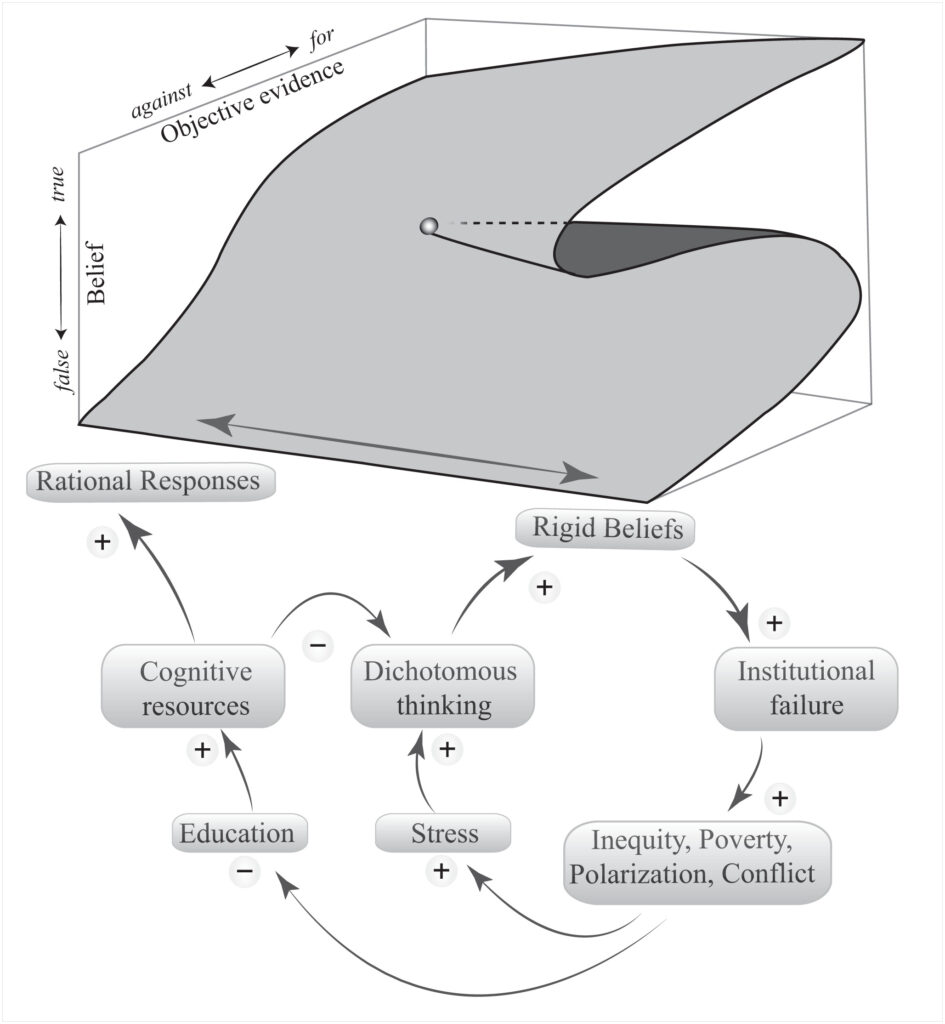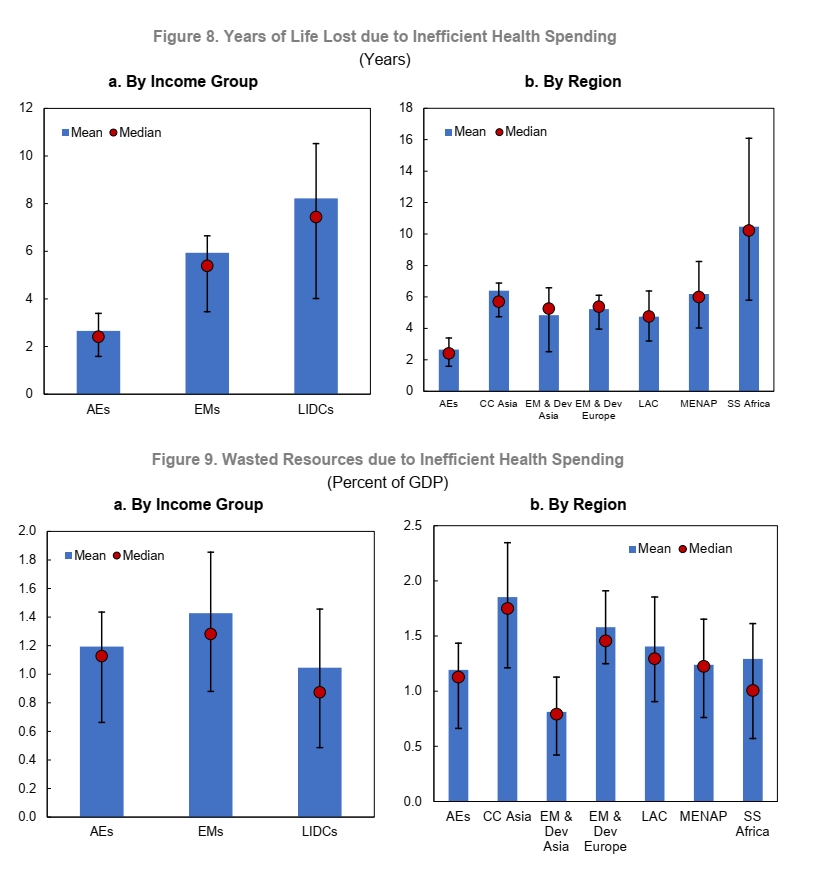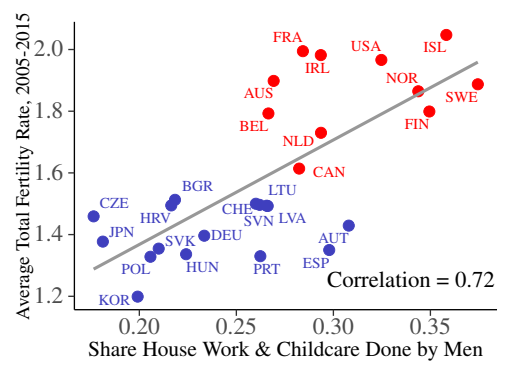“It changes everything!” say remote work enthusiasts. Shining new technologies make online work possible and offer opportunities for asynchronous interactions. However, it appears that the problem is not technological, but rather social. We’re still stuck in old patterns of work and habits of presenteeism. What is worse, technology is aggravating things.
Recent study “Killing Time at Work” by Qatalog x GitLab brought some interesting figures. Good news—people do value flexibility and asynchronous work and believe this way is beneficial for both outputs and wellbeing. Some 80% of people believe they are more productive and create higher quality output when they have more flexibility over when they work. People are ready to resign if flexibility is limited (66%) and ready to accept lower paid roles with greater flexibility (43%). This shift is already in progress—two-third of responded said they have more flexibility compared to before the pandemic.
Bad news, people still spend striking 67 minutes, 13% of workday, in a “productivity theater,” showing their colleagues and managers they are present and ‘working’. Usually, it happens by signaling online presence at certain times of the day, but quite often (73%) it implies replying to notifications outside of the working hours. Multiplication of notifications is striking—the average knowledge worker now receives notifications from six applications. What is worse, by default notifications are noisy and competing for your attention by blinking, blipping, and buzzing. The cost of interruptions is well know—it takes an average of 23 minutes and 15 seconds to get back to the task . In many cases managers and leaders are sending mixed messages , officially encouraging flexible arrangements, while signaling the virtue of presenteeism and connecteism (in worst cases peppering calendar with mandatory meetings). The result is poisonous work-life blur, lack of control over your time, burnout and ultimately exodus of annoyed employees.
Way forward towards asynchronous work requires intentional culture shifts, which combine technological and cultural responses, suggests Qatalog x GitLab study. For instance, team could agree on minimizing distractions by agreeing to use less applications and setting up expectations—e.g. response to email is expected with 24 hrs, and one (and only ONE) instant messaging app is used for urgent (and really URGENT) conversations. Meetings and synchronous communication should be used more deliberately, less frequently but with a specific purpose.






